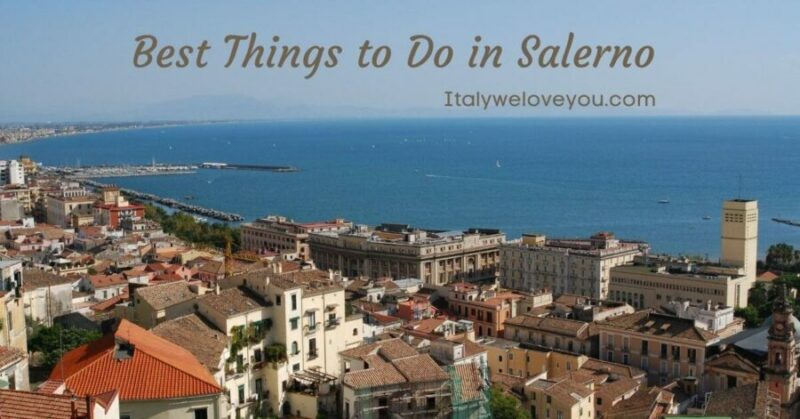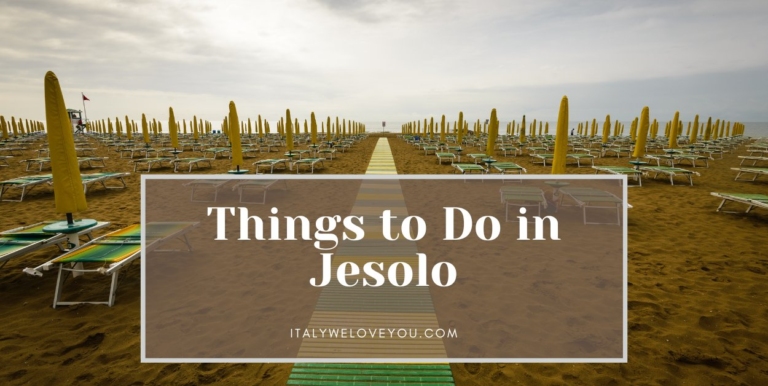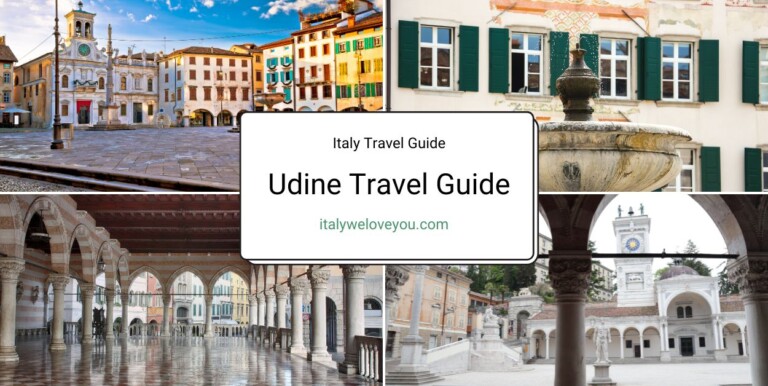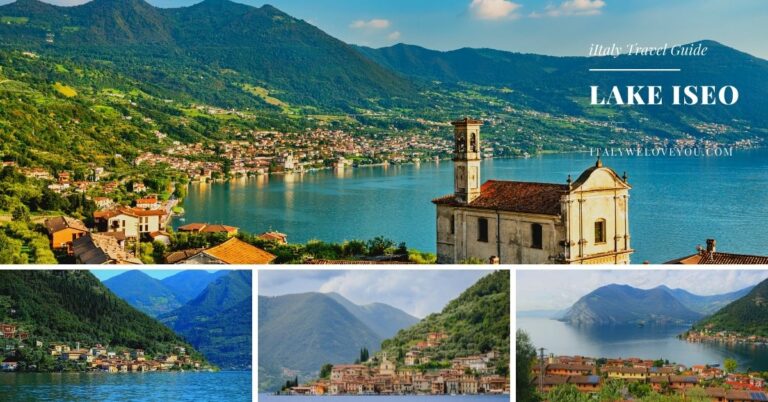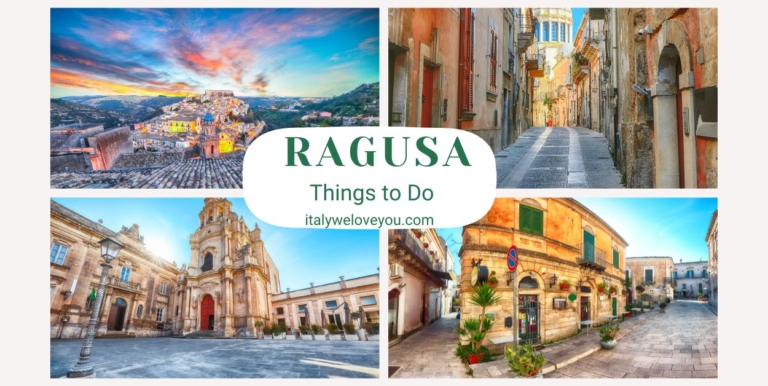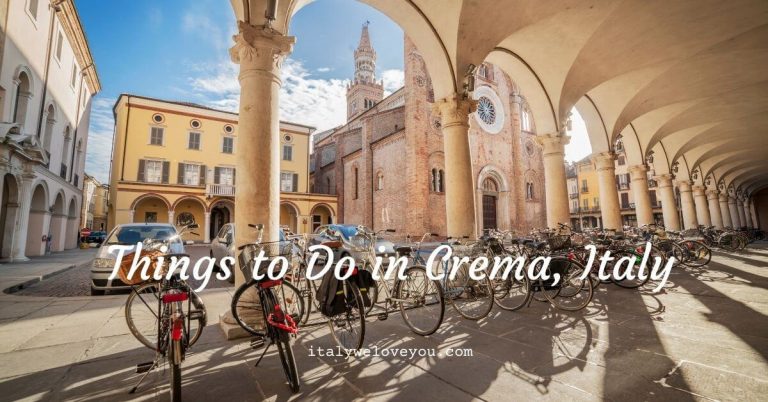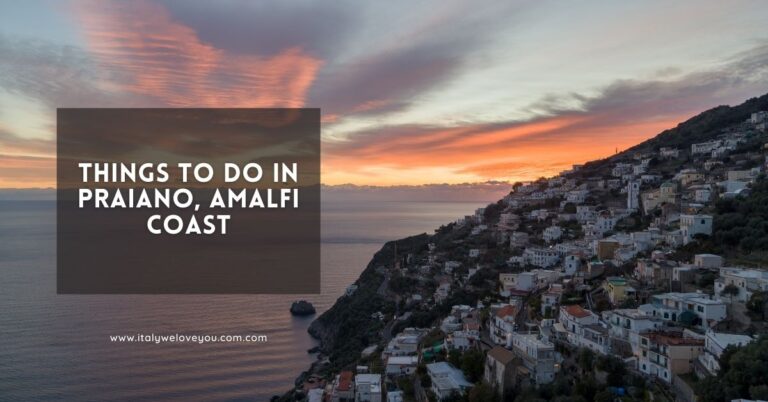14 Best Things to Do in Salerno, Italy
Known for a long time only as a gateway to the Amalfi Coast, Salerno has had impressive tourist growth in recent years. It has a magnificent cathedral, a practically intact medieval old town, a panoramic promenade, and extraordinary cuisine.
Furthermore, the city was the seat of the first and most important medical school in all of Europe, the capital of the Lombard principality of the same name during the Middle Ages, and the capital of Italy during the Second World War.
Top-Rated Attractions & Things to Do in Salerno
Castello di Arechi
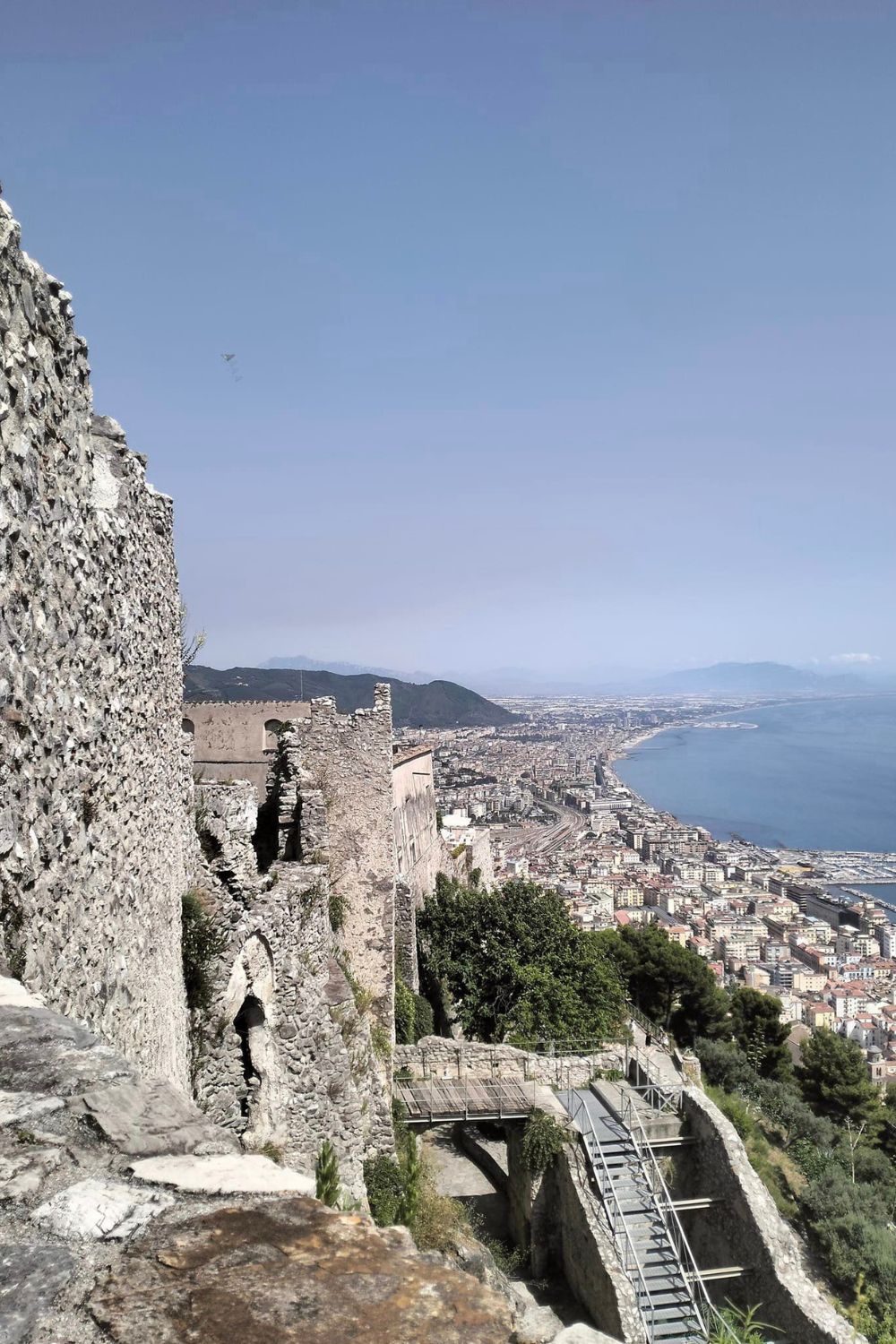
Among the main attractions of Salerno, there is the Arechi Castle, which overlooks the Gulf of Salerno. Located at a height of about 300 meters above sea level, from here you can enjoy a breathtaking view that stretches from the Amalfi Coast to Agropoli.
The castle still represents an authentic example of medieval, well-preserved architecture. Owned by the Province of Salerno, the castle nowadays presents itself in all its majesty, surrounded by a beautiful park with nature trails immersed in the Mediterranean scrub.
Within an area, recently restored, you will find an exhibition hall, a conference room, and a museum that collects ancient materials from the Castle (mostly coins and ceramics).
Salerno Medieval Aqueduct
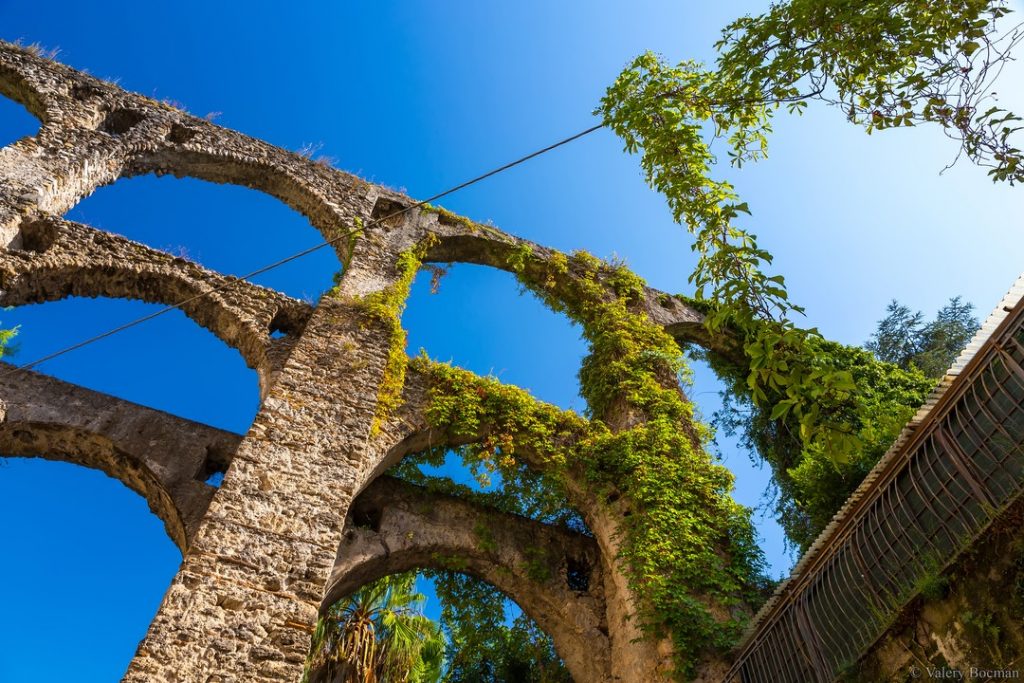
Returning to the city, the tour to discover Salerno continues with a visit to the Medieval Aqueduct, popularly renamed “Bridges of the Devil”, because it is said that it was built in one night with the devil’s help.
Salerno’s medieval aqueduct was built in the IX century to supply water to the monastery of St. Benedict. It is located in the historic center of Salerno, under Bonadies Hill and the Arechi Castle.
Salerno Cathedral
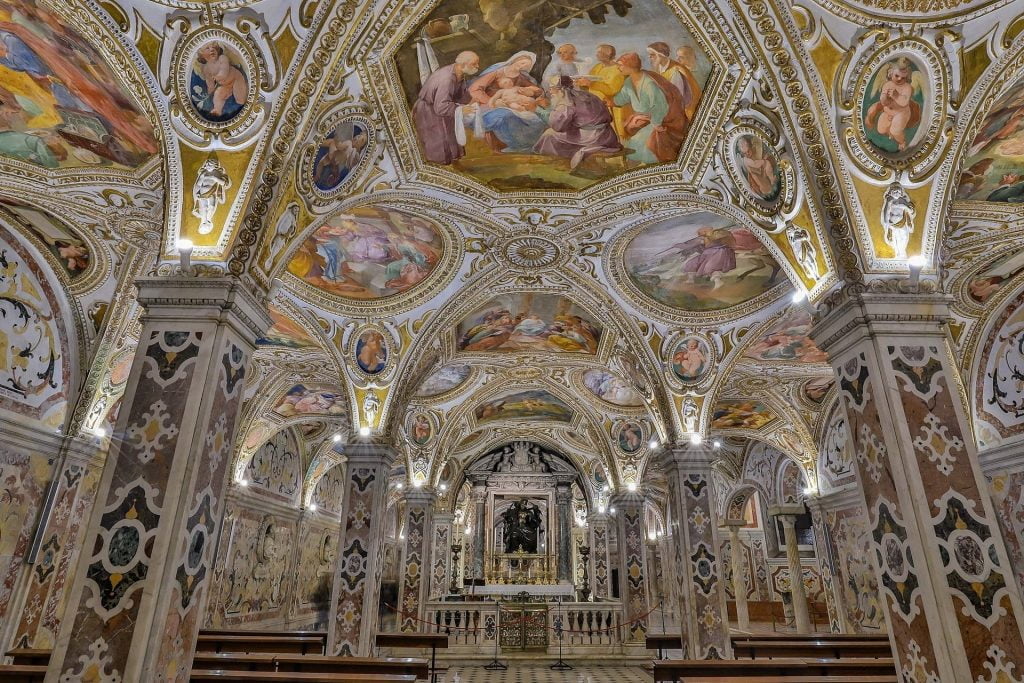
The Cathedral is located in Alfano I Square. It is the main place of Catholic worship and the second most important attraction in Salerno.
The cathedral was built in Romanesque style in the XI century and subsequently remodeled several times (the current structure dates back to the 1688 earthquake when it was completely rebuilt).
The main entrance has been modified; its courtyard is surrounded by a covered passage supported by twenty-eight simple columns with arches and a series of Roman tombs around the walls. On the southern side of the cathedral is the bell tower, which dates back to the 12th century.
Inside the cathedral, the crypt that houses the mortal remains of San Matteo is worth seeing. Inside has also kept the block where three martyrs were beheaded according to tradition: Caio, Ante, and Fortunato.
Temple of Pomona
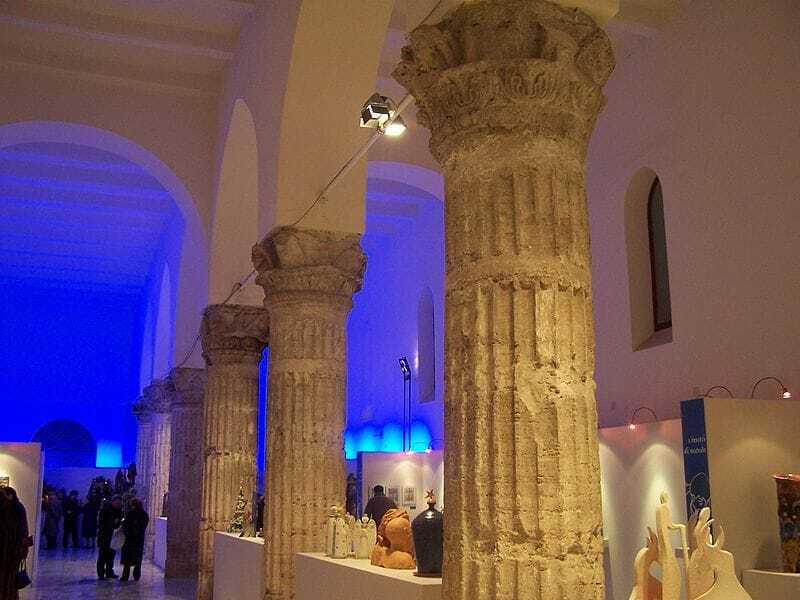
The Temple of Pomona is located near the Cathedral and dates back to the Roman era, when the city of Salerno was home to several temples (dedicated to Bacchus, Venus, Juno, and Priapo), demonstrating the great importance it had during the Roman period.
Inside and outside, it is characterized by about fifteen Ionic-style columns joined together by a pointed Gothic arch. The capitals consist of four heads of the goddess Pomona. Currently, the temple hosts many cultural events and exhibitions.
Monumental Complex of Saint Sophia
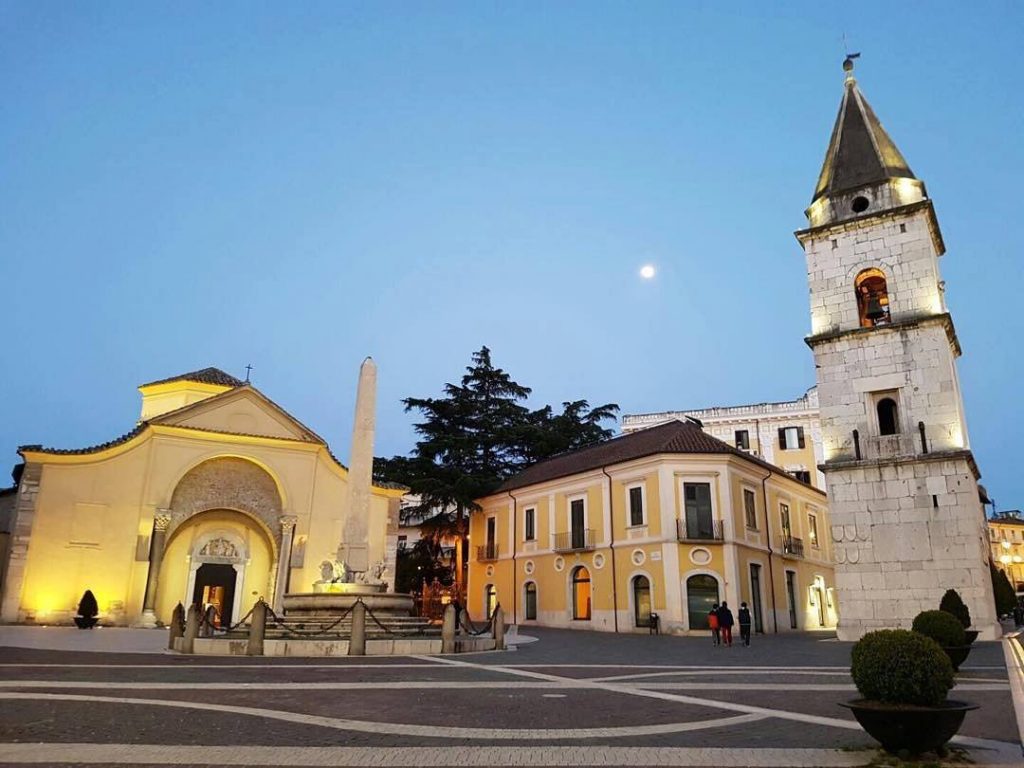
We continue the tour and head towards Piazza Abate Conforti, where the famous Monumental Complex of Saint Sophia is located.
The complex was built at the end of the X century and originally housed the Benedictine order dedicated to Saint Sophia, from which today it takes its name. After the recent renovation, it is used as a venue for events and exhibitions.
The Saint Sophia complex hosts events, demonstrations, and exhibitions of internationally renowned artists, such as Picasso, Miro, Caravaggio, and Warhol.
Giardino della Minerva
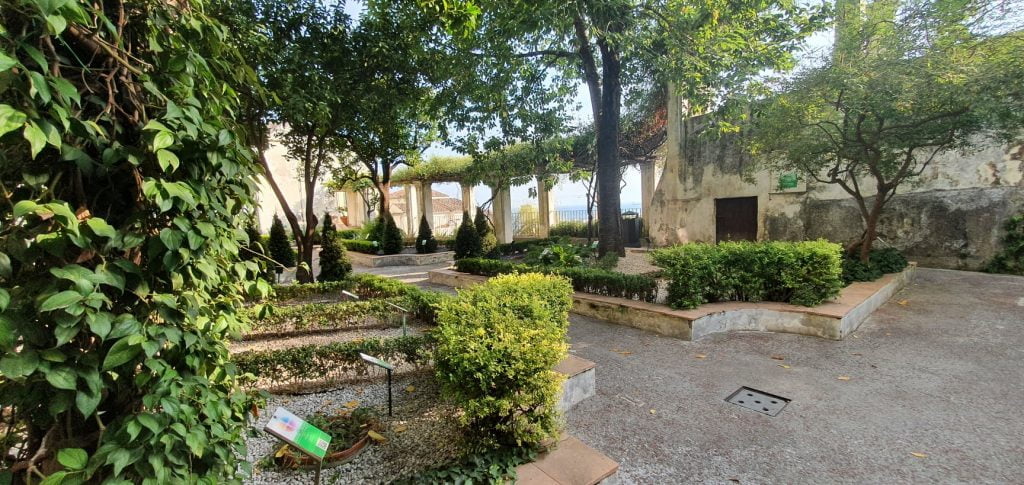
We continue until we reach the Minerva Garden, which is probably the third most important attraction in Salerno. The Minerva Gardens develop along the axis from the Villa Comunale to the Arechi Castle.
This is a magnificent botanical garden created in the fourteenth century by Matteo Silvatico, an important doctor of the famous Scuola Medica Salernitana, the oldest medical university in the world, among the greatest titles of pride of the city of Salerno.
Doctor Silvatico created the first example of a botanical garden in this garden: an educational space where doctors taught students to recognize the plants used to treat diseases.
Numerous plants, including rare ones, have been planted in the garden, giving particular importance to those used in the Middle Ages as medicinal plants. In particular, the legendary mandrake is present in the garden, a plant believed to have extraordinary powers.
The garden that today presents itself in all its splendor was the first botanical garden in Europe for the cultivation of plants for medical purposes.
The garden, in synergy with the “Salerno Medical School Foundation” and with some local associations, offers guided tours in line with the history of the places and the memory of the Salerno Medical School. Educational and scientific activities are also held.
The garden hosts exhibitions and events of particular interest in all seasons. In 2008 the Pharmacy Museum was also inaugurated in the Minerva Garden.
Villa Comunale di Salerno
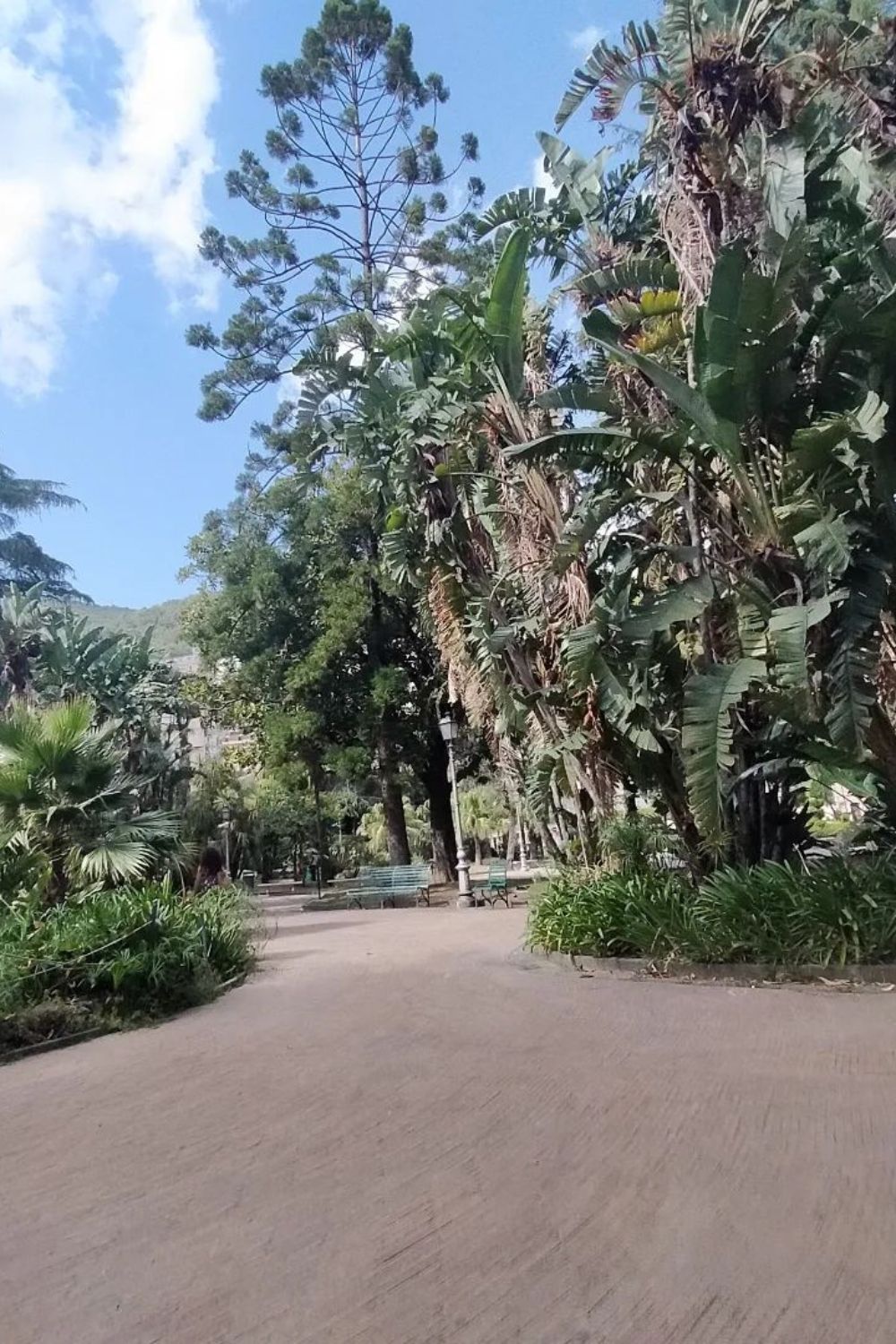
The Villa Comunale of Salerno is the main garden of the city and has a luxuriant botanical garden with many rare plants from the Mediterranean area and beyond.
The park also features a pond. Designed in 1874, the Villa Comunale is home to various events yearly. There is also the famous Tullio Fountain: built-in 1790 to refresh travelers coming to the city from the Amalfi Coast and Naples.
Over the years, the garden has been enriched with monuments dedicated to famous historical figures of Italy and the city of Salerno, as well as various botanical species, becoming a meeting place for citizens.
Here, conferences, seminars, courses, workshops on plants, and guided tours in the nearby Minerva garden are organized.
During the winter, the Villa is transformed, thanks to the light installations of the “artist’s lights” event, into an exhibition of artistic lights illuminating the Salerno streets throughout Christmas.
Provincial Art Gallery of Salerno
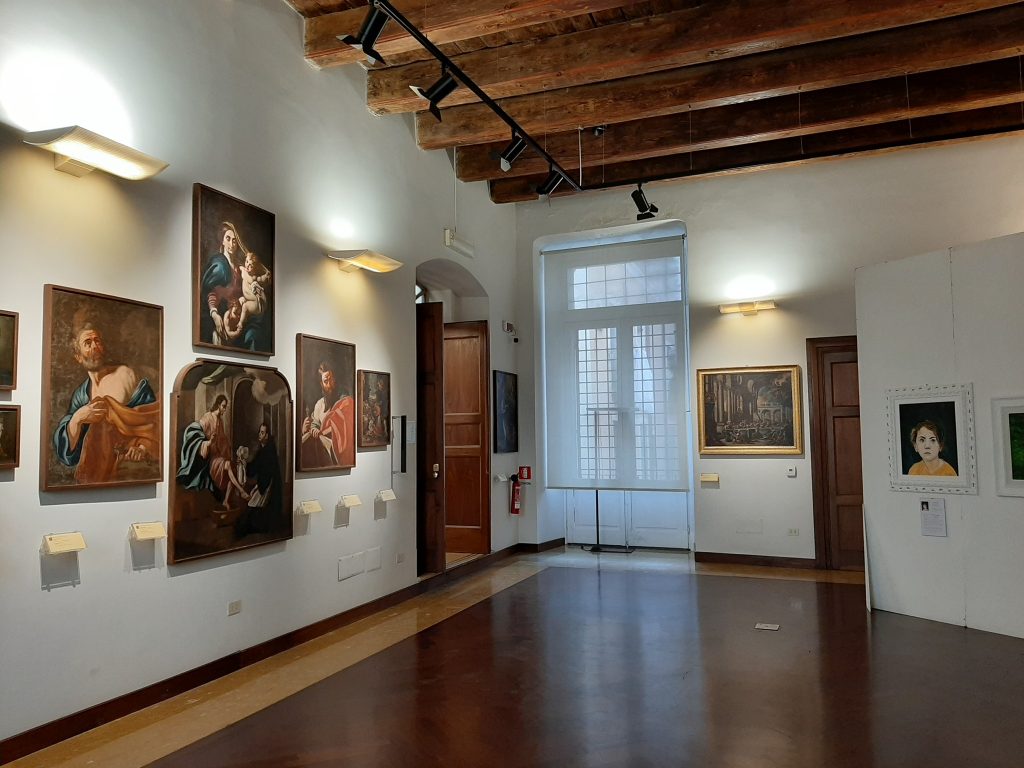
Proceeding through one of the main shopping streets of Salerno, along Via dei Mercanti, an evocative and ancient street that crosses the entire old city, you can reach the Provincial Art Gallery of Salerno, which is located on the first floor of the XVII century Pinto Palace, a noble residence of one of the most important families of Salerno.
The exhibition inside is chronologically divided into three sections: from the XV to the XVIII century, artists from Salerno, and foreign artists.
Fruscione Palace
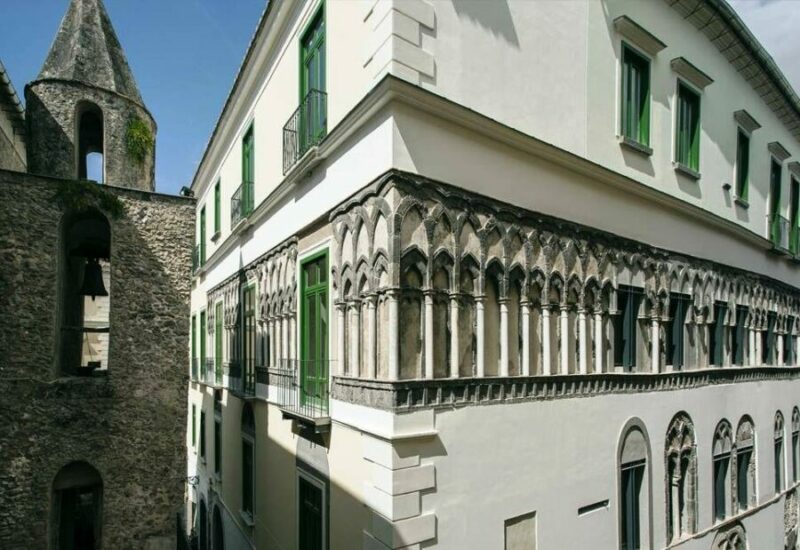
The Fruscione Palace is located in the oldest part of the historic center of Salerno. The construction began in the XIII century and is partly based on the ruins of a thermal complex from the imperial era.
Its owner was probably the Salerno doctor Giovanni da Procida. During the restoration work of 1910, traces of masonry were found that refer to a thermal complex of the imperial period, mosaics, and frescoes of the II century.
The room with the mosaic, whose walls are covered with relief decoration of stucco and paintings, belonged to the Roman baths built between the I and II century AD.
Inside the excavation, two tombs were found, which returned the human remains of two adult males aged between 30 and 40.
Giuseppe Verdi Municipal Theater
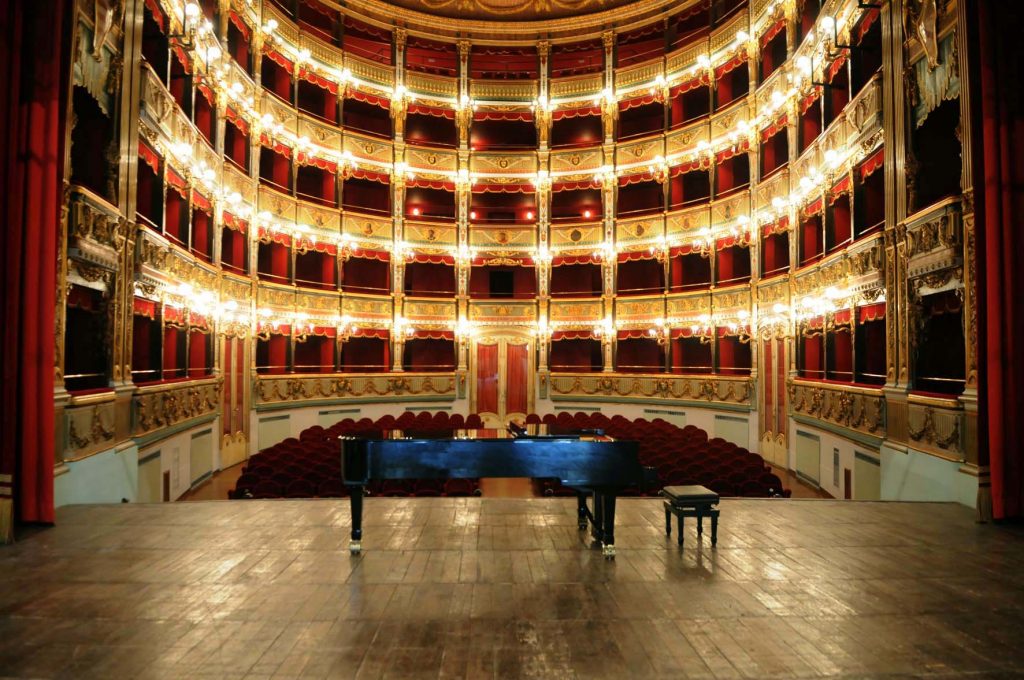
Another valuable building to see is the Giuseppe Verdi Municipal Theater of Salerno, built-in 1872 to the measures and proportions of the San Carlo Theater in Naples. It is the most precious nineteenth-century theater, perfectly preserved among the few in Italy.
In addition to the Opera Season, ballets, and concert music, the theater is now home to festivals, concerts, events for young people, and workshops.
Pinocchio Park
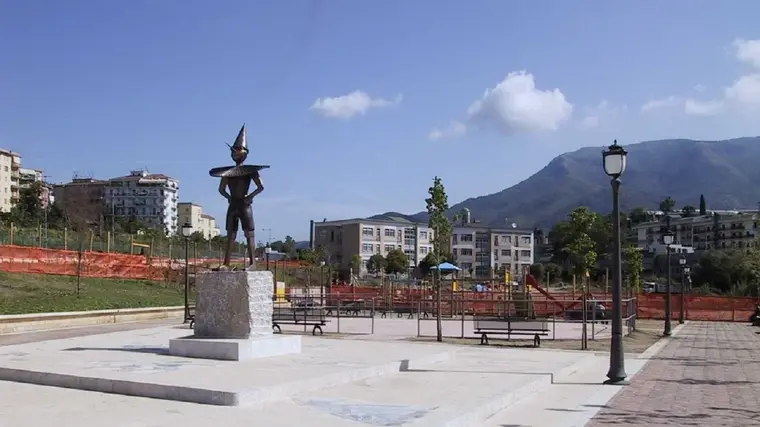
Pinocchio Park is the second-largest urban park in Salerno. The park is commonly called “Parco Pinocchio” due to the presence of a bronze statue of Pinocchio. The Pinocchio Park, or “Terme Campione,” is equipped with children’s games.
A large amphitheater, built in the center of a green oasis, hosts events and entertainment activities designed for children. In the center, a small square with a fountain was built.
Salerno Harbor Station
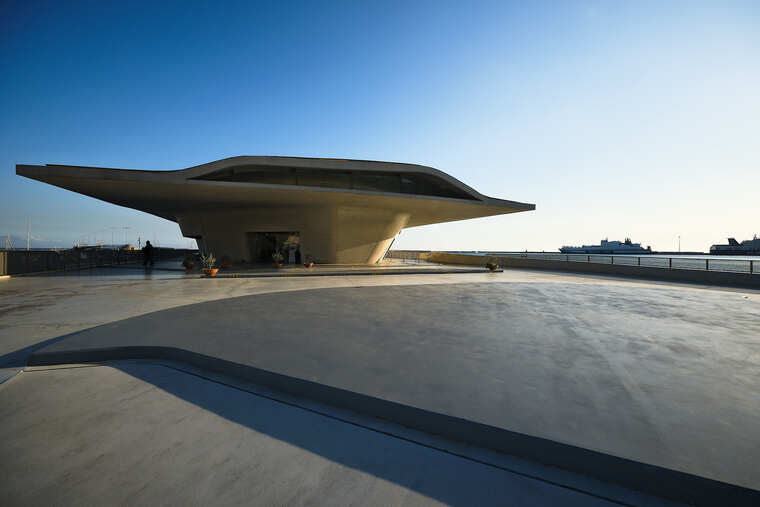
The Salerno maritime station is located in the commercial port of Salerno. The oyster-shaped building projected towards the sea has curved shapes and elongated structures with multiple perspective points.
The maritime station is destined to become one of the symbols of the city of Salerno and represents the strong bond that binds the city of Salerno to the sea.
Salerno Seafront (Lungomare)
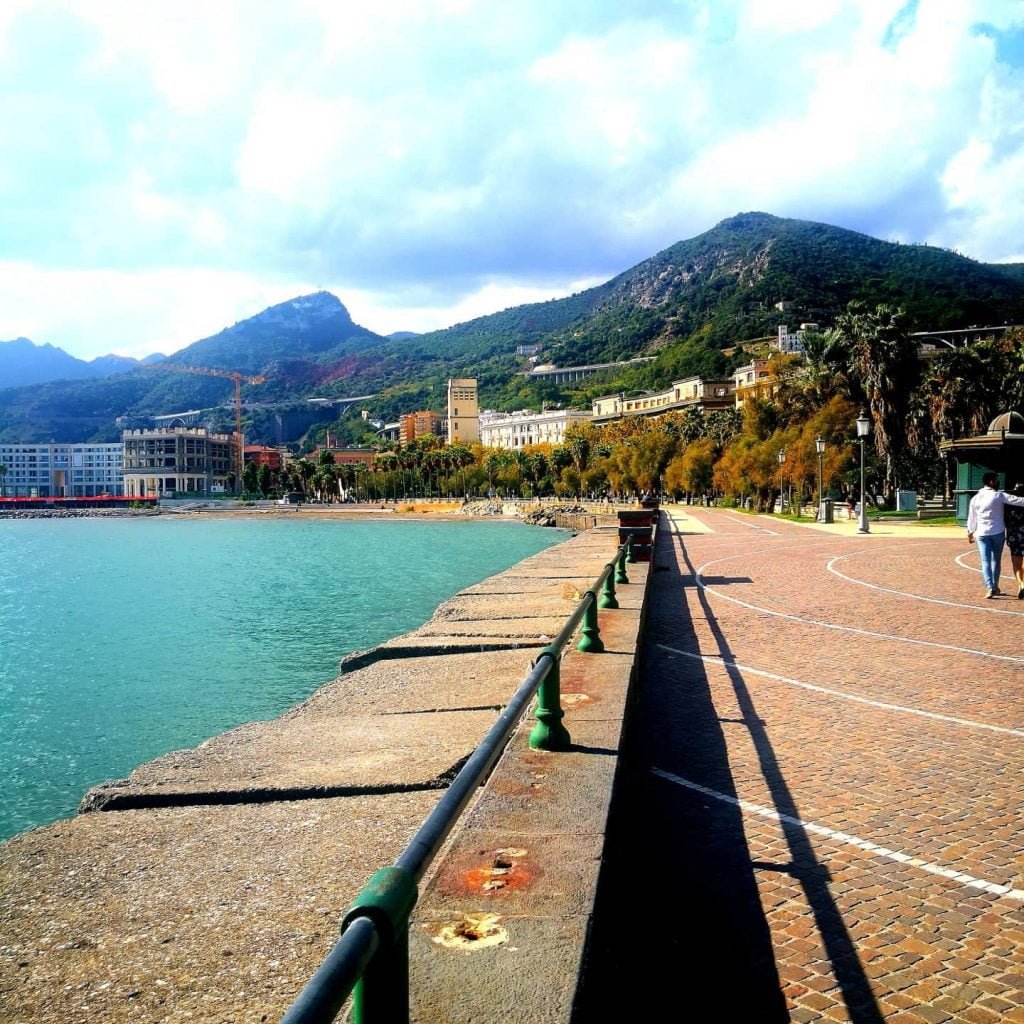
At the end of our Salerno tour, we certainly cannot miss the opportunity to visit one of the most beautiful places in the city: the seafront (Lungomare), a large tree-lined garden (entirely pedestrian, 30 meters wide and about one and a half km long) that runs along the Tyrrhenian Sea divided into several lanes, which goes from the historic center to the tourist port of Piazza della Concordia.
The benches facing the sea offer a breathtaking view of the Gulf of Salerno and the Amalfi Coast. The cliff, the small pier for mooring and the artistic lighting are the characteristic features of the Salerno seafront. It is the perfect place to relax in peace after walking.
Salerno Foods
Those who arrive in Salerno can only be fascinated by the beauty of the city, the sea, and the good food, which fully reflects this region’s food and wine tradition. We cannot fail to mention the pizza with naturally leavened dough. It goes without saying that here there is a real cult of pizza. In addition, especially in recent years, there is an increasing tendency to combine the goodness of a dough made to perfection with local ingredients.
Read also: Most Iconic Foods to Eat in Italy.
In Salerno, eating excellent dishes based on fresh fish is also possible. In addition to fish-based dishes, we cannot forget the stuffed spleen, the “meveza ‘mbuttunata”, as it is called in the Salerno dialect. The spleen is the dish par excellence of the feast of San Matteo, the patron saint of Salerno. The spleen is stuffed with chilli, garlic, and parsley, and then cooked in oil and vinegar. A traditional dish that, especially in recent years, has also become increasingly popular with tourists.
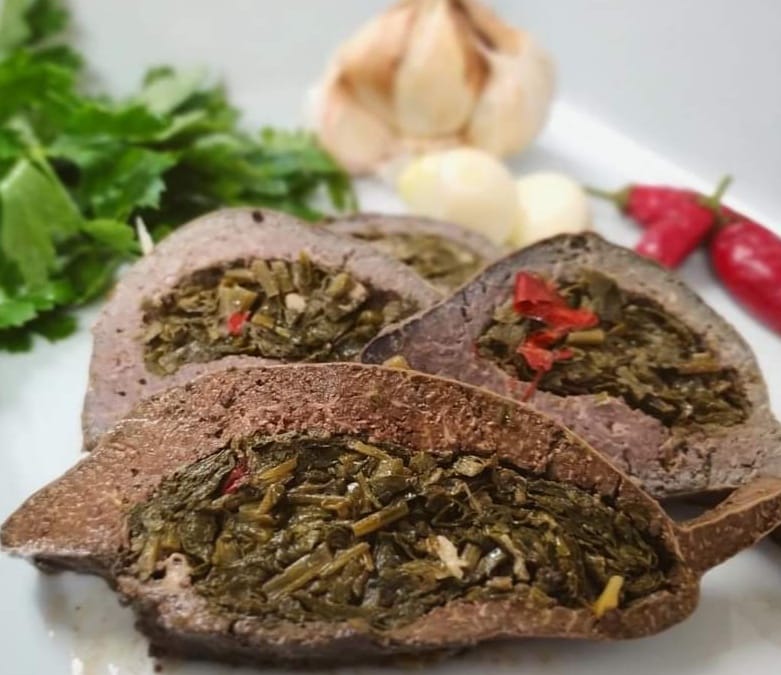
Another characteristic food of the area is buffalo mozzarella, one of the undisputed queens of regional cuisine in general and that of Salerno specifically.
Last, the “scazzeta del cardinale” is a typical sweet from Salerno. It is a cake made with ingredients that are as simple as they are tasty: sponge cake, cream, and strawberries are the main elements, and the red icing covers the cake. Impossible to come to Salerno without tasting, at least once, this typical dessert.


